Every offseason is an important one, but this year feels even more important. The Boston Bruins stand poised at the end of an era. For the better part of a decade, the team has been led by the likes of Patrice Bergeron, Brad Marchand, David Krejci, Tuukka Rask, and Zdeno Chara.
Last year saw the departure of Chara, and this year, they are poised to potentially lose two more in Krejci and Rask. For many years, the Bruins have done a good job at building around that core. Torey Krug was a great addition in 2013. After missing the playoffs in 2014-15 and 2015-16, they were able to rebuild on the fly by adding Charlie McAvoy, Brandon Carlo, and David Pastrnak.
But, as soon as Bergeron and Marchand go, who have been the heart of this team for a decade, they will be a different team. This is why it is essential that general manager (GM) Don Sweeney gets this offseason right. If this group is to get another Stanley Cup in the Boston uniform, big moves need to be made and more needs to be done to build around them.
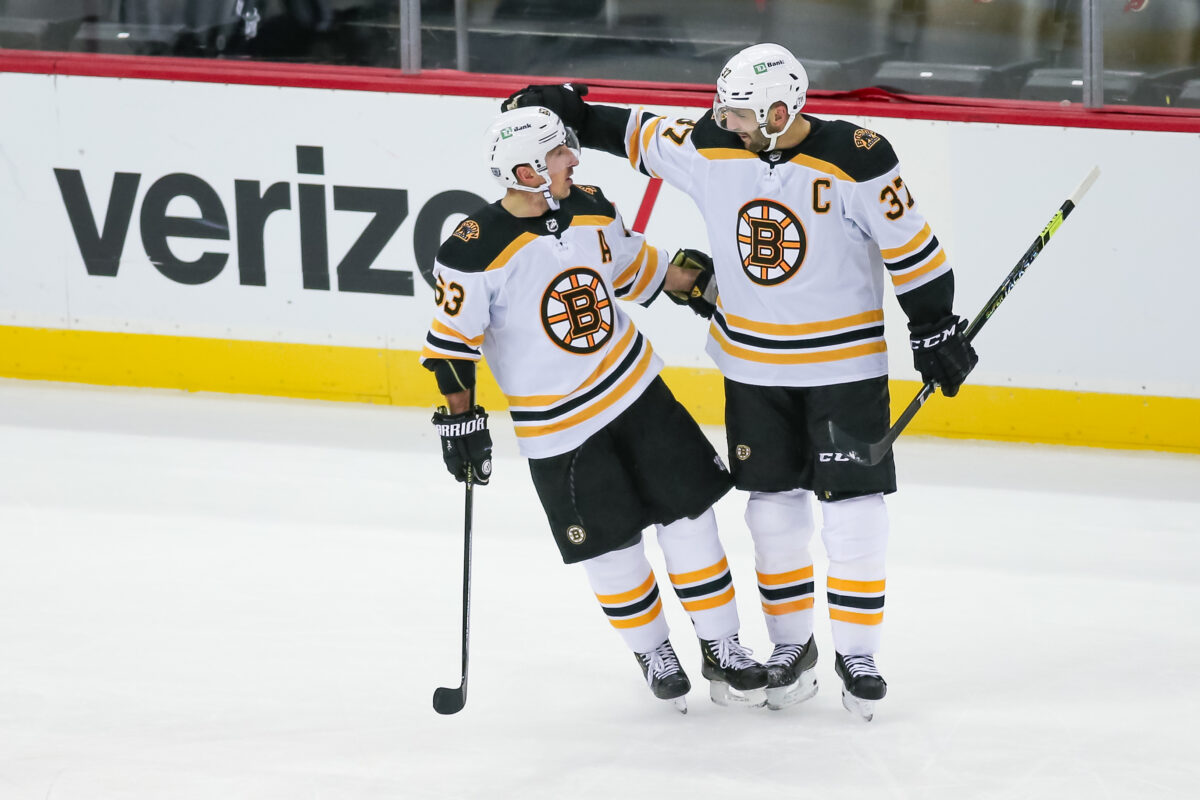
Sweeney became the Bruins’ GM in May 2015 after Peter Chiarelli was fired. The team has made the postseason in all but one season since he took over. While he largely inherited a team that had elite players already in place, there is no doubt that he has made important moves to contribute to the team’s success in recent seasons.
In addition to having the difficult task of building a team ready to make a deep playoff run this offseason, Sweeney also needs to draft well. The Bruins have one of the arguably weakest prospect pool in the NHL. As it stands right now, there really isn’t anyone waiting in the wings to step up when Bergeron and Marchand retire, or if Krejci doesn’t re-sign this summer.
Sweeney is not the most popular guy amongst Bruins fans. But is the distaste for his decision-making completely warranted? To answer that, let’s take a look back at his best and worst moves in three area: free agent signings, drafting, and trading.
Free Agent Signings
Best: Craig Smith
There is some recency bias here, but the 2020 signing of Craig Smith is looking like a pretty great deal for the Bruins after year one. Sweeney signed him to a three-year, $9.3 million contract with an annual average salary (AAV) of $3.1 million. He was brought in to bolster the depth scoring, one of the weakest parts of this team.
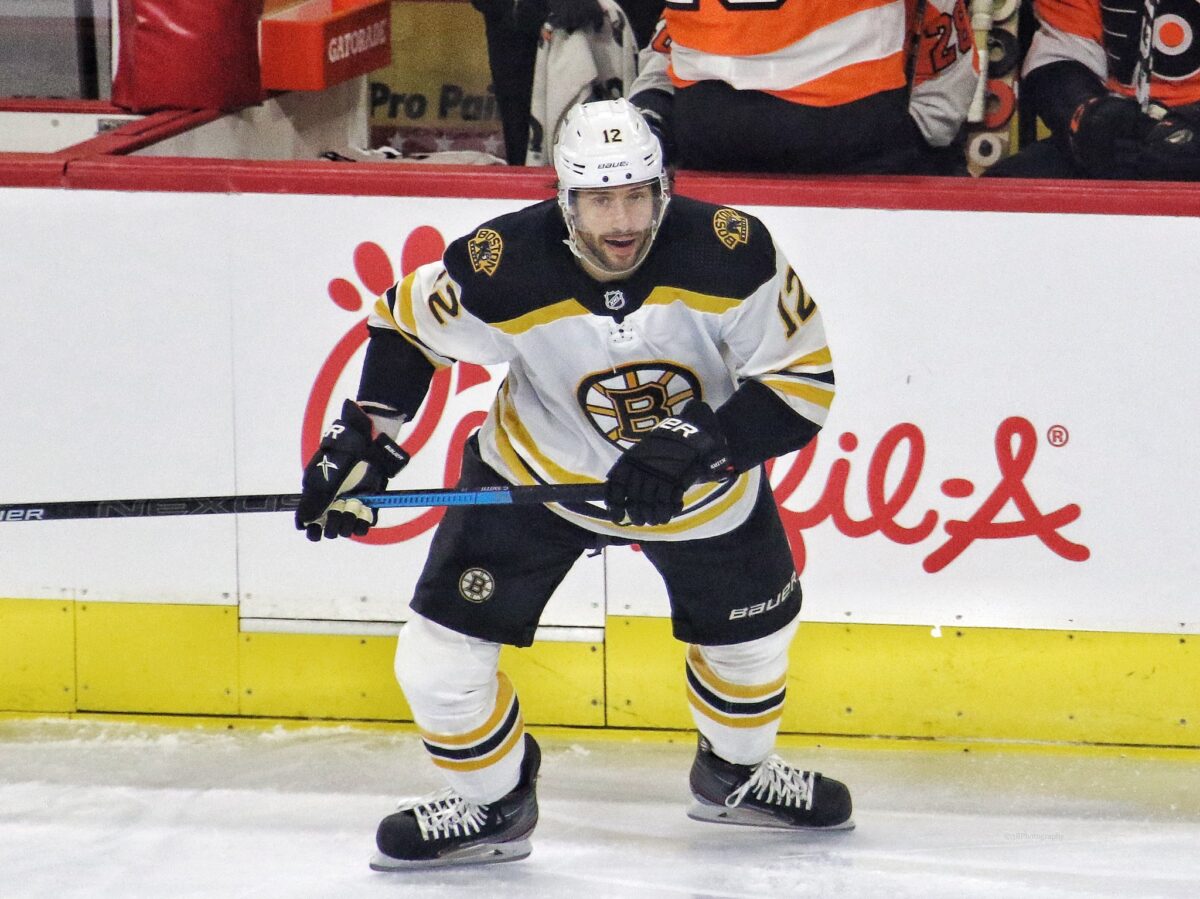
At first, Smith looked like he was going to be a disappointment. He had only four goals in his first 26 games as a Bruin and he didn’t appear to be the solution the team was hoping for. But then a flip was switched. From late March through mid-April, he had 15 points in 13 games, one of the best scoring stretches of his career.
He ended the season on a revitalized second line with Krejci and Taylor Hall. In 54 regular-season games, he had 13 goals and 32 points. That puts him on pace for about 20 goals and 49 points in a regular 82-game season. That’s the kind of contributions the Bruins desperately needed heading into the season from a middle-six forward and they finally got it in Smith and at a really great, team-friendly deal.
Honorable Mention: David Pastrnak
Worst: David Backes
Is this even really up for debate as the worst free agent signing of Sweeney’s tenure?
On July 1, 2016, Sweeney and the Bruins signed 32-year-old David Backes to a 5-year, $30 million contract that had an AAV of $6 million. This contract did not age well. He had 38 points in 74 games in 2016-17, 33 points in 57 games in 2017-18, and then 20 points in 2018-19. In the 2019-20 season, he only played 16 games in the B before being placed on waivers and eventually traded to the Anaheim Ducks.
This looks even worse when you take into consideration that they signed Pastrnak to a deal one year after Backes that has an AAV of $6.66 and is arguably one of the best contracts in the NHL. While he had some good moments in the start of his time in Boston, it became apparent pretty quickly that he was overpaid, no matter how good of a guy he is and how well liked he was in the locker room.
In the end, shedding the contract cost a first-round draft pick, prospect Axel Andersson, and retaining part of his salary. They gained Ondrej Kase, but that acquisition hasn’t exactly proved to workout so far.
The good thing for Sweeney was that he was not alone in making bad free agent signings in 2016, an offseason that saw Loui Eriksson go to the Vancouver Canucks and Milan Lucic to the Edmonton Oilers on major, long-term deals that have aged just as terrible as the Backes deal for the Bruins. There must have been something in the water the GM’s all drank at the NHL Entry Level Draft that year.
Honorable Mention: Kevan Miller (2020 re-signing), John Moore
Final Thoughts
Over the past several years, the Bruins haven’t been big on players during free agency, instead focusing on their “homegrown” talent. Outside of Smith, their best free agent signings have been with their restricted free agents (RFA). The Pastrnak deal is an absolute steal and they were able to get Carlo and McAvoy on decent bridge deals.
When they have gone out and actual signed a decently big unrestricted free agent (UFA) to a longer-term deal, it hasn’t exactly gone their way. Backes’ deal pretty quickly went downhill and the five-year deal they signed Moore to in 2018 has also been looking pretty bad in the last season and a half as he’s dealt with multiple injuries and dropped in the depth chart.
Drafting
Best: Charlie McAvoy
The Bruins selected McAvoy at 14th overall in the 2016 NHL Entry Level Draft. He was considered the best right-handed defenseman in the draft that year, and he has truly lived up to expectations. When looking back at that draft year, it’s hard to imagine that there aren’t a few GM’s regretting passing on him.
For the past few seasons, McAvoy has been developing into quite the talent and benefitted from playing with Chara and Krug. By having those two talented defensemen, he was able to focus on improving without having the pressure of carrying the blue line completely on his back. This year, when he became the absolute number one in the wake of their departures, there were few doubts that he was ready for it.
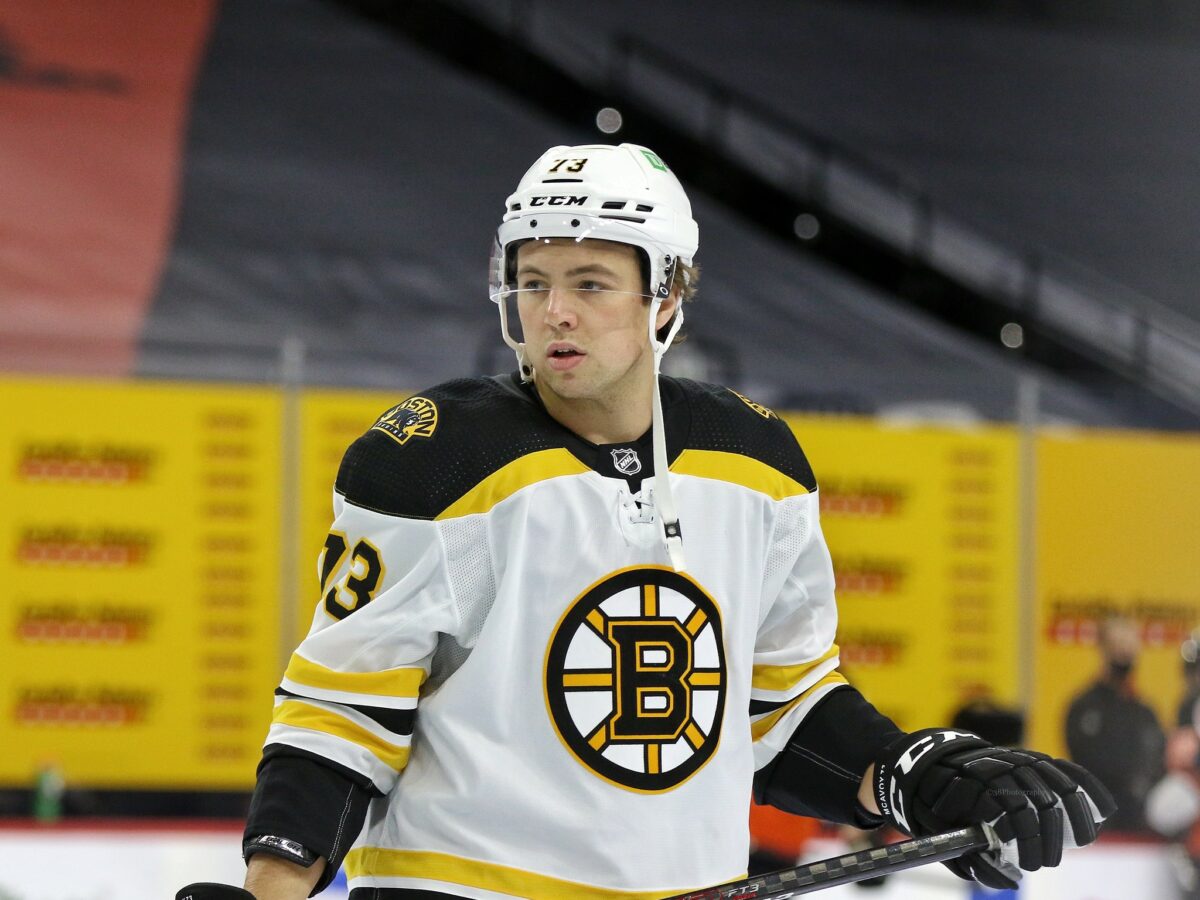
In 51 games in 2020-21, McAvoy had 30 points, was a plus-22, and averaged 24 minutes of ice time a night. In addition, he had 12 points in 11 playoff games. The 23-year-old should have been a Norris Trophy finalist and I doubt there is a single person in Boston who wouldn’t love to see him wear the Spoked B for many, many years to come.
I think you could also make an argument for Carlo in this spot. Getting him in the second round is looking more and more like a steal, but McAvoy is the future of this team and a truly elite talent, so the title of best Sweeney draft pick has to go to him.
Honorable Mention: Brandon Carlo, John Beecher
Worst: 2015 First Round
There has been a lot written on the Bruins poor drafting in the 2015 first round, and even recently, Bruins’ president Cam Neely admitted that they really missed out on some tremendous talent. In the first round alone, they missed Mathew Barzal, Kyle Connor, Thomas Chabot, and Travis Konecny. Any one of those players could have addressed a number of depth issues currently plaguing the team.
So, who did they pick? At 13th, they selected Jakub Zboril, then Jake DeBrusk, and finally Zachary Senyshyn. Entering into this season, Zboril had played the least amount of games of all first-round draft picks from 2015. That title now belongs to Senyshyn.
Out of the three of them, only DeBrusk has found a consistent spot in the lineup, and we all know how that is going at the moment. At the end of the day though, the blame for this can’t solely be placed on Sweeney as he had only been in the GM position for a month prior to the draft. The blame should also be placed on management for not being better prepared. The 2015 Draft class is arguably one of the most talented groups of all time, and somehow they managed to miss out on some top-end talent with three picks. That sting is not going to go away for a very, very long time.
To make the sting even worse, the Bruins traded their fifth-round pick to the Minnesota Wild and that pick turned out to be Kirill Kaprizov. Outside of drafting Carlo, team management would probably love to forget this draft ever happened.
Final Thoughts
The Bruins haven’t had a ton of high picks in the draft during Sweeney’s tenure so far. They traded away their 2018 and 2020 first-round picks — as a result, there aren’t a ton of really exciting names in the pipeline at the moment. Sweeney has had some success with later-round talent. Jeremy Swayman looks legitimate at goaltender. Curtis Hall, a 2018 fourth-round pick, has been decently exciting. John Beecher, the 2019 first-round selection, has been impressive so far at the University of Michigan. Jack Studnicka had struggles playing up in the NHL this past season, but still has a lot of promise.
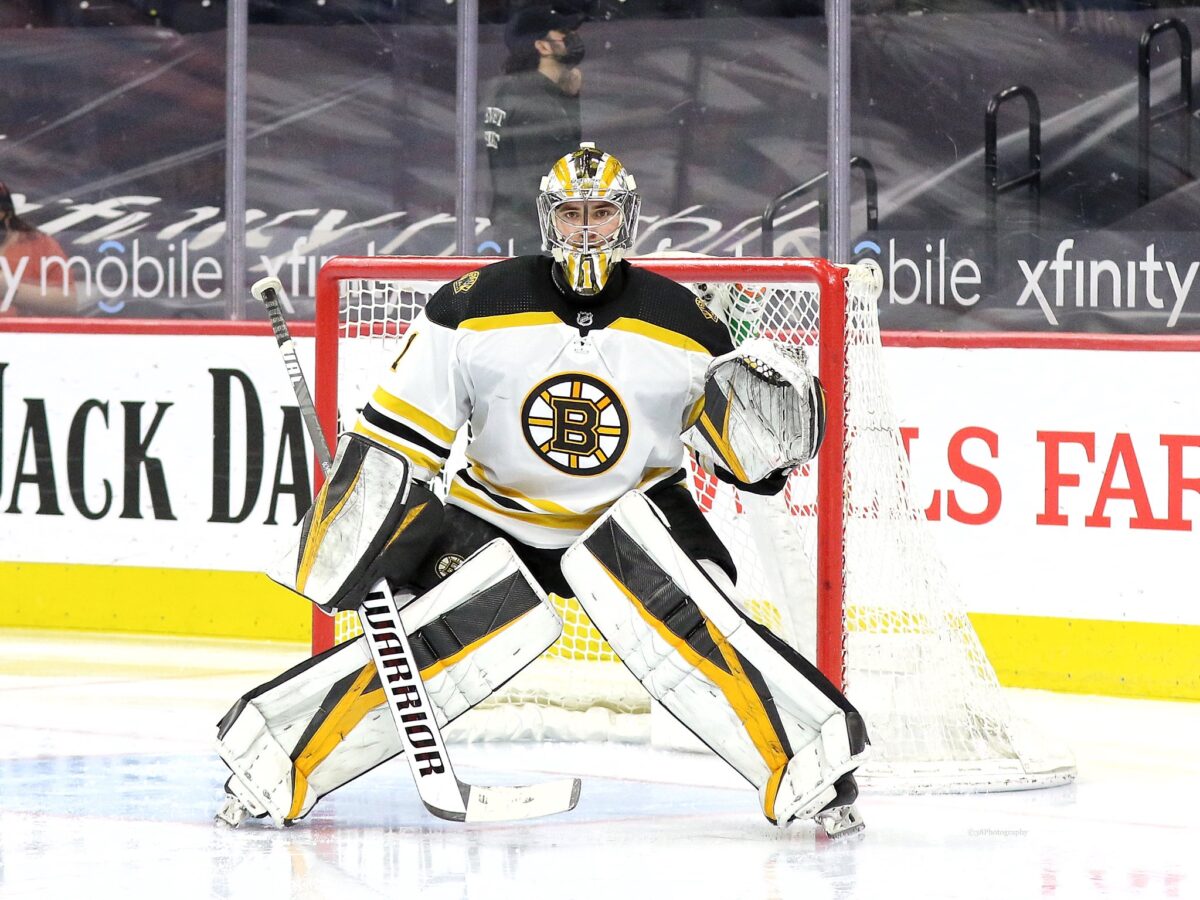
At the end of the day, Sweeney hasn’t necessarily been a bad drafter. His worst draft performance came after only a month on the job. He got McAvoy, Carlo, and Swayman, who very well may make-up the future of the Bruins core. There are also some guys, who while maybe not expected to be elite playmakers, could turn into some decent depth pieces that this team desperately needs.
Out of the three categories of free agent signings, drafting, and trading, this very well might be Sweeney’s strongest area. That being said, let’s take a look at his arguably weakest area: trading.
Trading
Best: Taylor Hall – Curtis Lazar
I still don’t know how Sweeney managed to get Hall, a former first-overall pick and Hart Trophy winner, and Curtis Lazar, a decent bottom-six center, for Anders Bjork and a second-round pick. Bjork is a tremendous skater and has found some success in Buffalo so far, but he never quite fit in Boston, and it was all but a given that he would be on the move this past season.
The Buffalo Sabres organization was backed into a corner because Hall had a no-movement clause and could pretty much decide where he wanted to go, but still, even almost three months later, this trade feels like a fever dream. Buffalo even retained some of his salary.
As already mentioned, Hall found great success on the second line with Smith and Krejci. In 16 games, he had 14 points, including eight goals, and was a plus-15, the highest plus/minus he’s registered in his career. While he wasn’t on the score sheet as much as the team needed in the playoffs, he still had a very solid performance on the ice.
Most around Boston would love to see him re-signed this offseason. He’s claimed he wants to be here and as long as the price isn’t outrageous, there should be no reason or hesitation to bring him back. Given how well the second line played together and how much of an issue that has been in recent seasons, Bruins management should be doing everything in their power to keep that group together.
Honorable Mention: Charlie Coyle, Marcus Johansson
Worst: Ondrej Kase
Ondrej Kase arrived to the Bruins in February 2020 on injured reserve and that was a harbinger of what his tenure in Boston was going to be. In another move to find a winger for the second line and get rid of Backes’ contract, Sweeney traded Backes, prospect Axel Andersson, and their 2020 first-round pick for Kase. It was a steep price to pay for what has essentially become a trade just to get rid of a bad contract that he saddled the team with.
Kase has shown flashes of what he could be in the NHL. He has a great offensive mind and, when healthy, could really be a game changer for the Bruins. It isn’t insane to see what Sweeney saw in him. Unfortunately, it really hasn’t worked out for him in Boston so far.
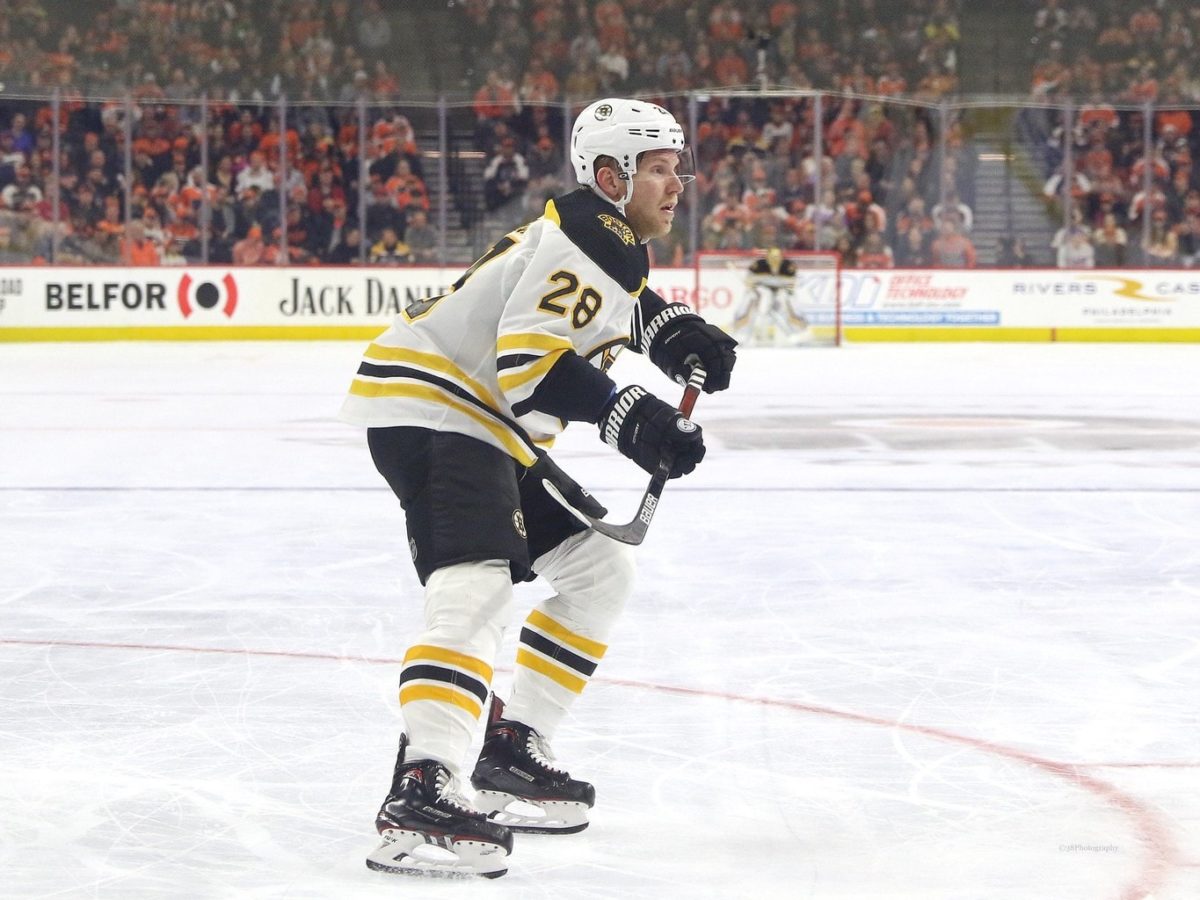
In six games in 2019-20, he registered only one assist. In 11 playoff games in 2020, he had only four assists. This past season, Kase was injured in the second game of the season, was unable to return until the final game of the regular season, and then exited that game early and later deemed unable to play in the 2021 Playoffs.
The 2014 Draft pick has missed two full seasons worth of games due to injury throughout his young career so far. Giving up that much for an injury-prone player was not a great move on Sweeney’s part, especially when one of the team’s better prospects and first-round pick was involved. Kase is a RFA this summer. As much as you feel for the guy, especially since injuries aren’t something he can necessarily control, it’s probably best for Sweeney to cut his losses and move on.
Honorable Mention: Rick Nash, Jimmy Hayes
Final Thoughts
At the end of the day, Sweeney hasn’t really made a lot of big trades. He consistently has made trade deadline deals to try and address the team’s needs to make a deep playoff run. However, if you’re having the same issues year after year, maybe waiting until the deadline isn’t a great idea. That’s how you get deals like the Kase and Nash trades, where the Bruins lost a fair amount of assets for pieces that didn’t work out.
Prior to April 2021, the trade for Coyle was his best move, but that deal doesn’t look as great in the wake of a down season for him. Johansson was a pretty great deal as they didn’t have to give up much for a rental who had an impact on the playoffs.
This Offseason
Sweeney has definitely made some bad moves in his time as the Bruins’ GM, but I wouldn’t consider them that much worse than any other decisions by an NHL GM. Not every move is going to work out the way someone draws it up. But, the real issue with his tenure so far isn’t so much the moves he’s made, but the ones he hasn’t.
This team has been a serious contender for the Stanley Cup for most of Sweeney’s career, but outside of a Stanley Cup Final appearance in 2019, they’ve really fizzled out by the time the postseason rolls around. They have as good of a core as anyone in this league, but team management has been unable to build around them and have let the same issues persist season after season.
Look at the Tampa Bay Lightning. They’re competing in the Stanley Cup Final for the second year in a row. They are a great example of a team that was aggressive in building around their fantastic, elite players like Nikita Kucherov, Steven Stamkos, and Andrei Vasilevskiy. Steve Yzerman and Julien BriseBois deserve a ton of credit in building a team meant to compete for the Stanley Cup year after year. Say what you will about their use of cap space, they found a way to take advantage of the rules and kudos to them for that.
Latest Bruins Content:
- Bruins’ Patrice Bergeron: 7 Fascinating Statistics
- 3 Bruins Difference-Makers in the 2024 Playoffs
- Bruins News & Rumors: Marchand, Peeke, Maroon & More
- Lightning Series Win Over Bruins Embodies Their 2023-24 Season
- Did the Bruins Lose the Kessel Deal?
When all is said and done and the Cup is lifted, it’s not always the team with the most “elite” talent that wins it all, but the team with the best depth. The Bruins have failed to build a deep team and wait too long to address issues. Letting Chara and Krug leave last offseason without replacing them didn’t look so bad at the start of the season, but by the time the playoffs rolled around, their lack of depth on the blue line was glaring and adding Mike Reilly at the trade deadline, while a good addition, wasn’t going to be the solution.
There are definitely GM’s in this league who should be in more of a hot seat than Sweeney, but it should be starting to get a little warm for him in Boston after another frustrating second-round exit.